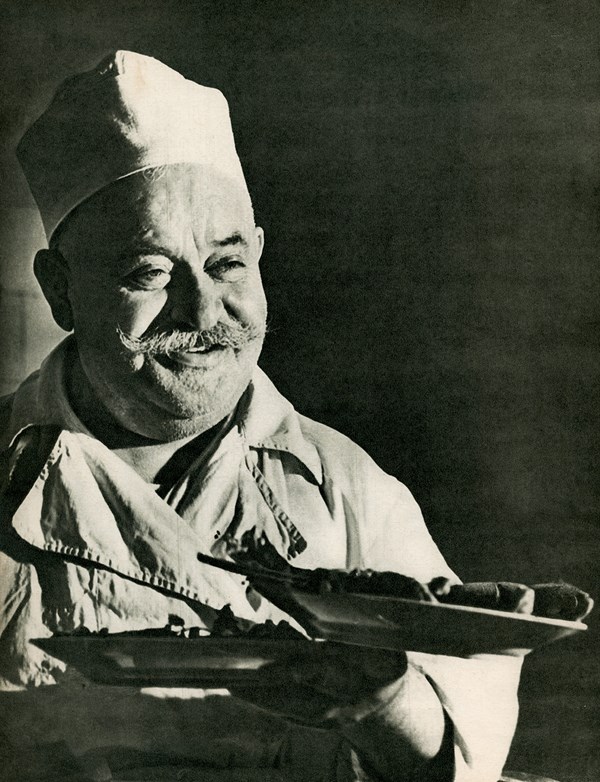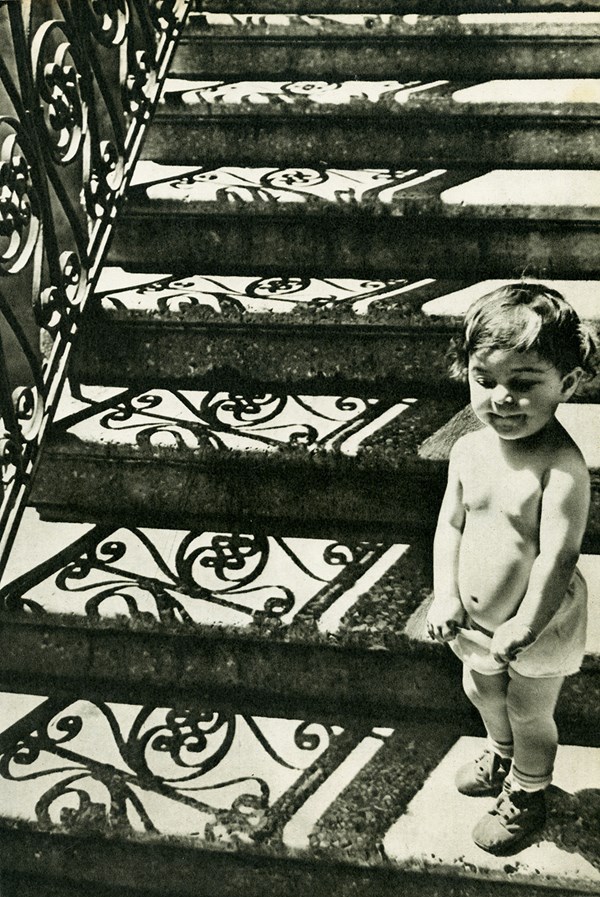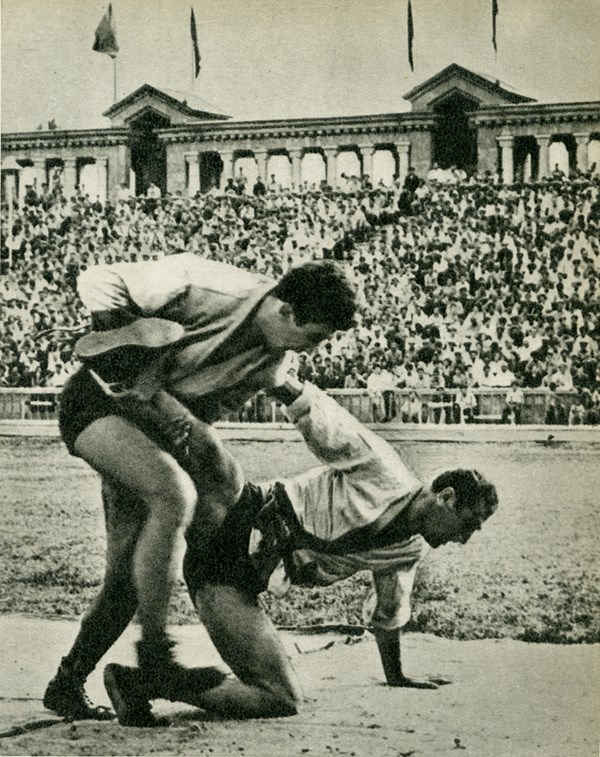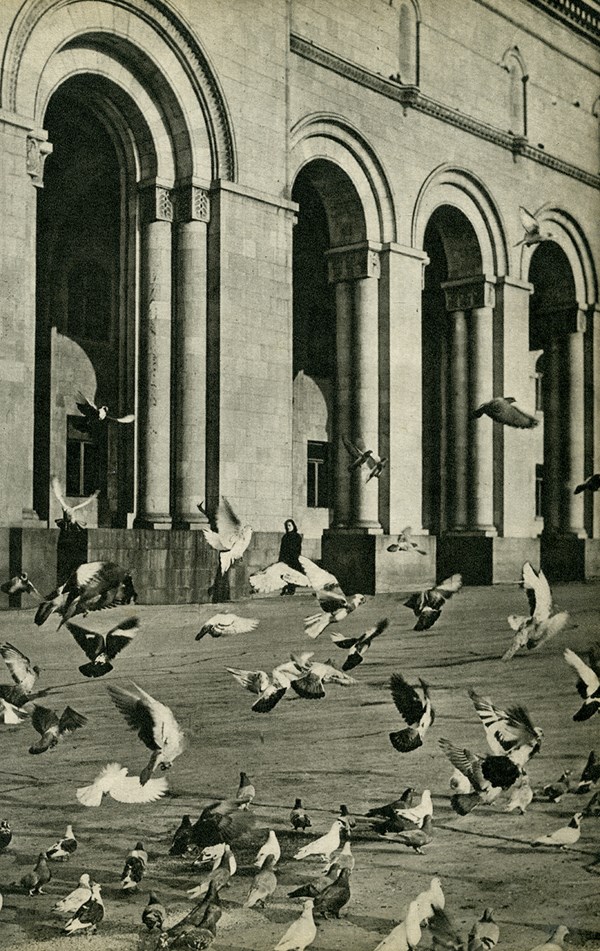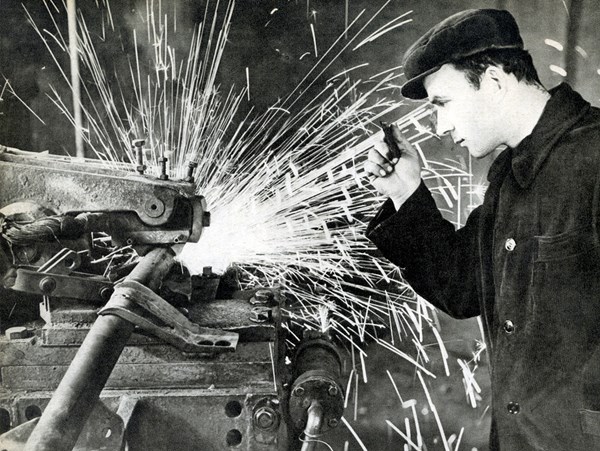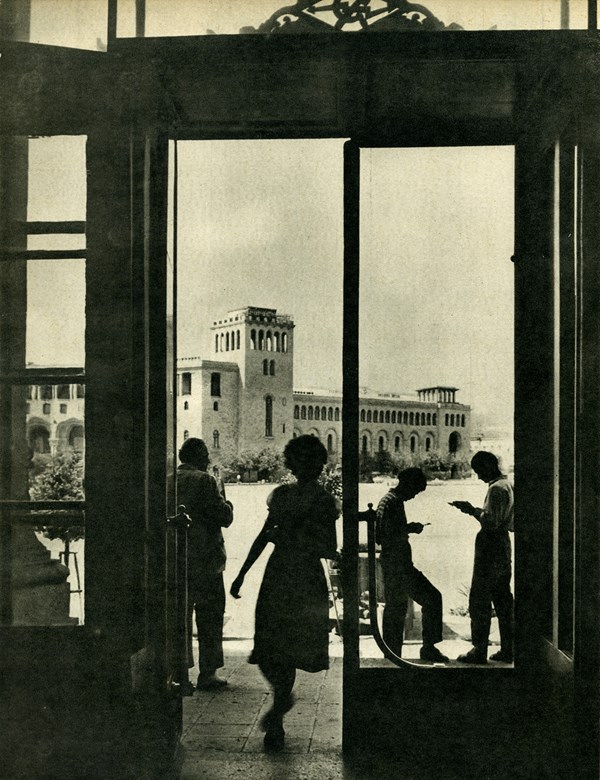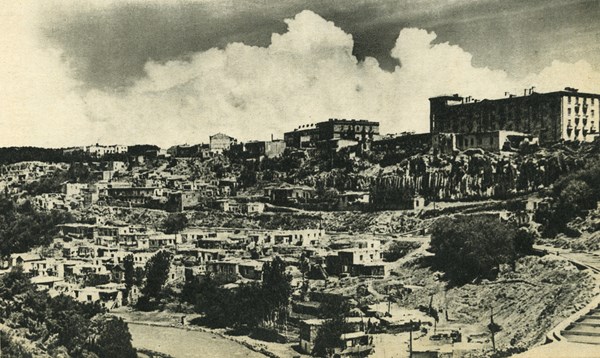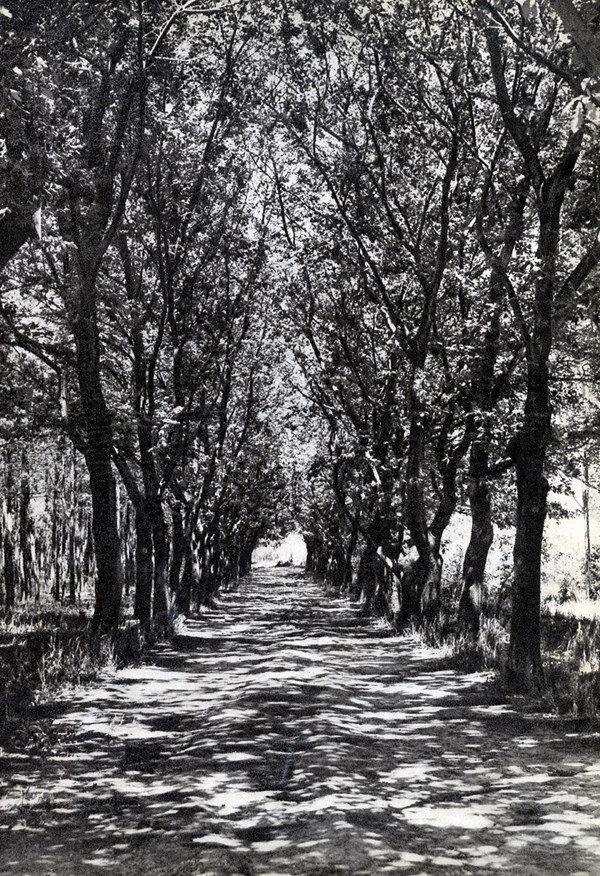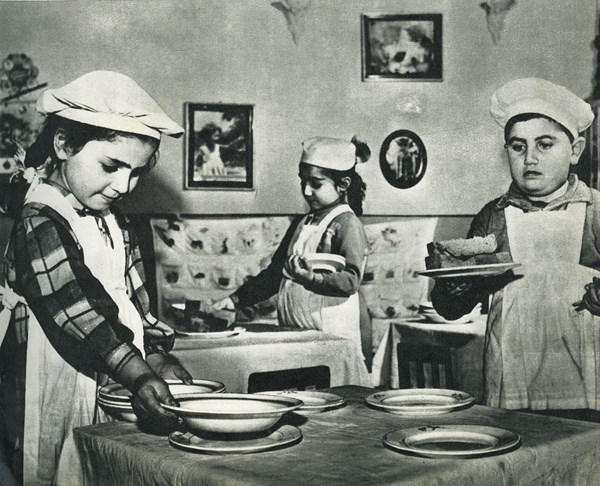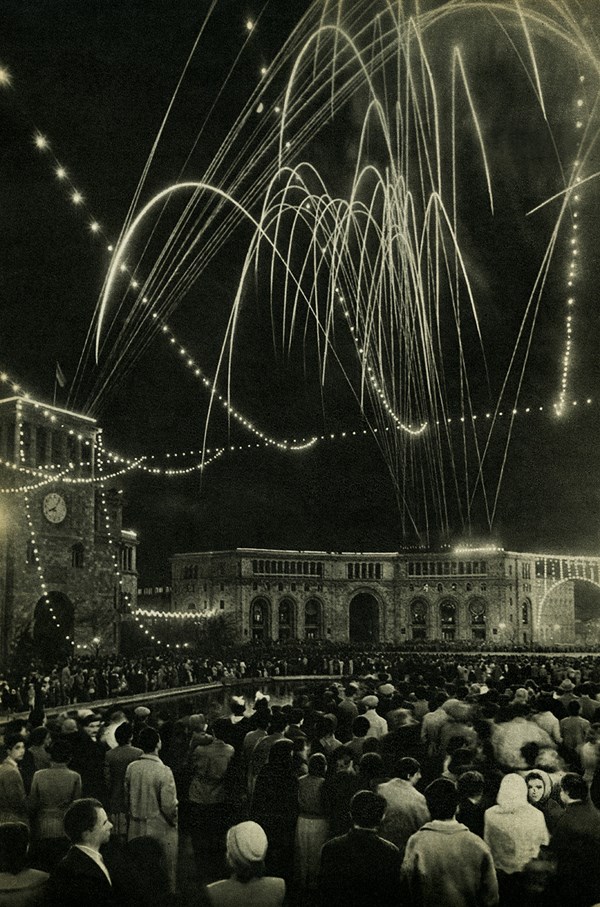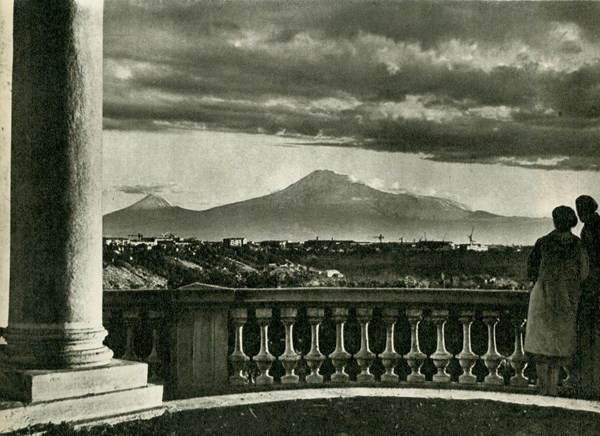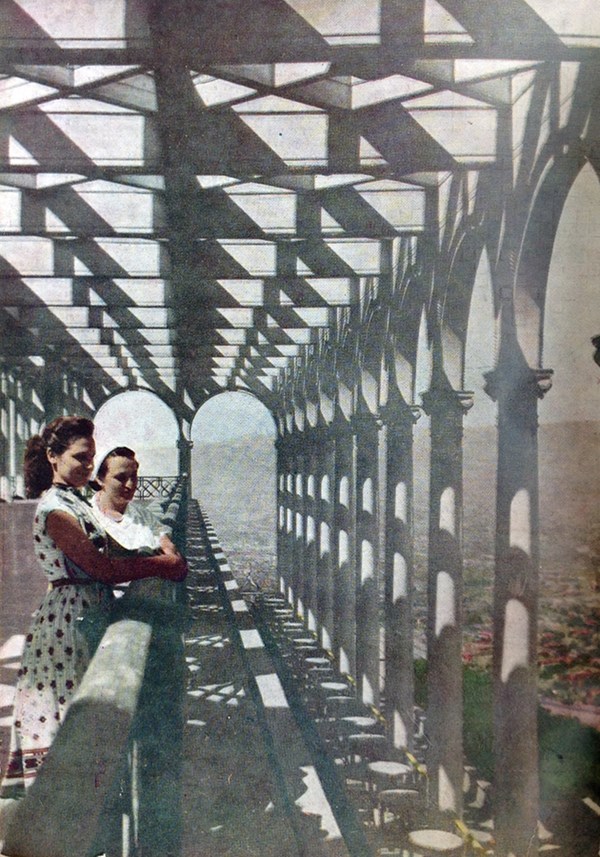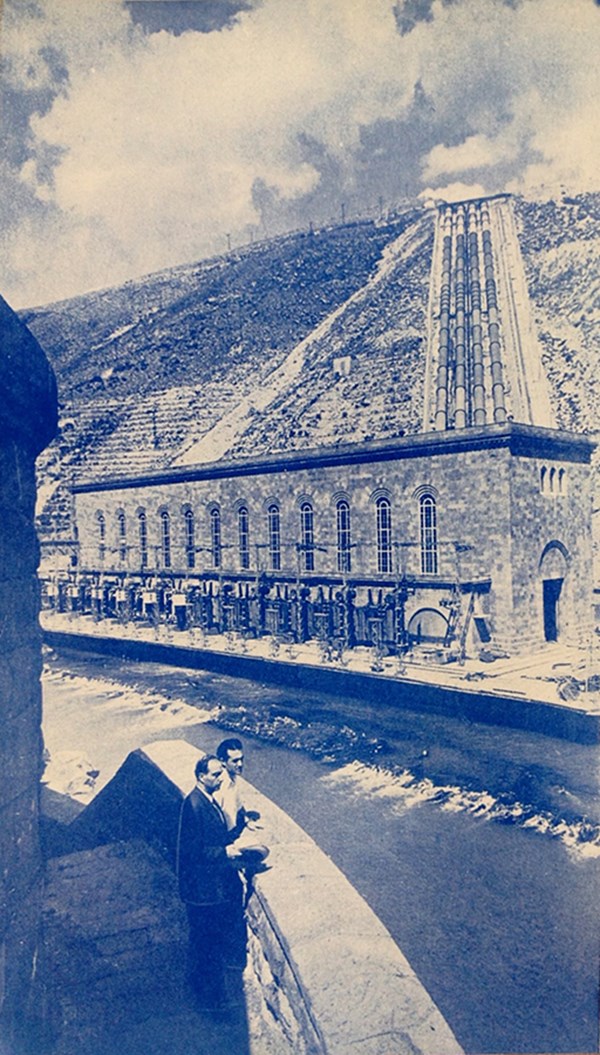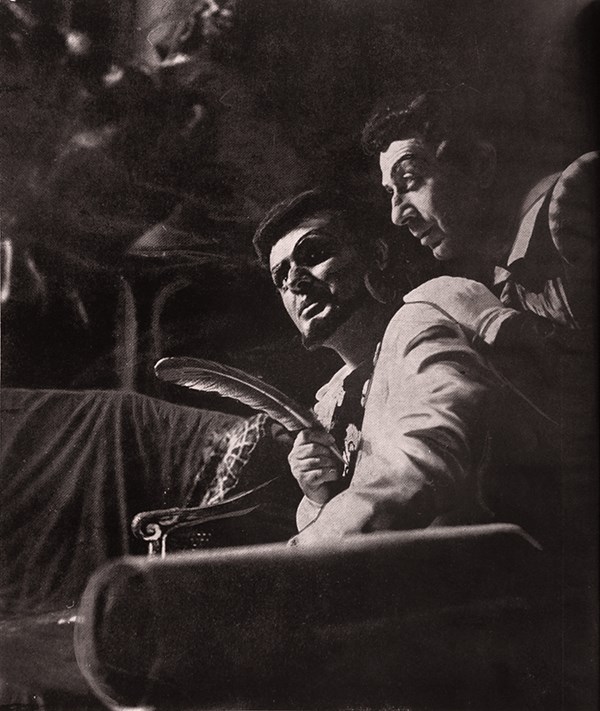Hakob Tigrani Hekekyan
1923 - 2000
1940 - 1990s
There are only a handful of Soviet-Armenian photographers whose career covered as many decades and had such an indisputable impact on the medium’s development as that of Hakob Hekekyan. Having picked up the camera as a teenager, Hekekyan became a photo-correspond of the Makenski Rabochiy (Worker of Makensk, published in Donetsk) newspaper by the time he was seventeen. This early start in his professional practice, along with his dreams of becoming an artist, was curtailed by the onset of WWII. Voluntarily conscripted to fight on the frontlines, Hekekyan was heavily wounded only a few months before the end of the war.(1) Thus, the young photographer returned to his native Yerevan in 1947 as an invalid. Despite considerable physical handicaps, Hekekyan resumed his professional activities and started to collaborate with almost all the local periodicals, including Sovetakan Hayastan (Soviet Armenia), Hayastani Ashkhatavoruhi (Female Worker of Armenia), Komsolets, Pioner, Avangard and others. In parallel with reportage work, Hekekyan also supplied images to major publishing houses, which reprinted his images in illustrated books as well as in postcard compilations.
Although he had other talented competitors in the field – major masters of documentary genre such as Nemrut and Andranik Kochar – Hekekyan’s streamlined and clean style translated particularly well for illustrated news items and he was selected by TASS all-union news agency as its special correspondent for Armenia in 1960. This meant that Hekekyan’s images proliferated not only through the Armenian press but were also widely distributed beyond its borders. In the same year, Hekekyan became the first Soviet-Armenian photographer to release a photo-album based solely on his own photographs. Entitled Yerevan, the hardcover book featured over one hundred black and white images depicting all aspects of Armenia’s capital. Made in the style of ‘picturesque’ socialist-realism, Hekekyan’s pioneering photo-book consolidated the photographer’s aesthetic methodology, which combined very precise, classically balanced shots of urban and natural views with elements of anecdotal incidents and complex lighting patterns. The carefully sequenced photographs created an idyllic image of a modern, architecturally distinct and sunny city that became ingrained in the popular imaginary as many of the photographs from the book were subsequently reproduced in countless other reiterations.
The thematic axis of the book, with its panoramic and holistic view of Armenia, typified Hekekyan’s practice in general. While he was primarily interested in urban subject matter, his camera encompassed everything from celebrity portraiture to industrial works and collective farming. The constant exigency of such material for the political mechanism of the Communist party was also an occasion for resourceful photographers like Hekekyan to explore new representational possibilities for familiar subject matter. As Sovetskoe Foto magazine’s reviewer fittingly put it, Hekekyan’s photographs demonstrate his ‘predispositions, and the filial tenderness towards his native land, and the love for photography – which vies with such a demanding competitor like painting.’(2)
One of the truly interesting aspects of Hekekyan’s photographic career was his close collaboration with the Mother See of Ejmiatsin. He produced at least three albums about the seat of the Armenian Catholicate and was periodically engaged to photograph formal events in Ejmiatsin as well as the rich collections of the Patriarchate’s treasury. This confluence of contrasting roles as a supplier of propagandistic imagery for the socialist press and an official chronicler of Armenia’s religious authority, was a sign of Soviet photography’s paradoxical duality and one of the many undercurrents in Armenia’s visual culture that have remained generally unacknowledged until recently. It appears that Hekekyan himself was quietly occupied with his own, very private form of photographic experimentation. While working on the 2011 exhibition Industrial Symphony: Photography and the Post-Industrial Age, in which Hekekyan was given a special focus, the author of this article was granted access to the photographer’s archive. Amidst hundreds of his reportage and documentary negatives were groups of entirely abstract images made in the vein of op-art and minimalism. These remarkably accomplished formalist studies, which pushed photography beyond the limits of representation and allegory, had never been shown publicly. Yet, their exploration of visual rhythm, patterning and spatial relations had its distinct roots in Hekekyan’s more conventional documentary work, whose power stems from the same matrix of abstracted aesthetic relations.
After his retirement in the early 1980s, Hekekyan returned to his childhood dream of being an artist and created an outstanding series of drawings in the vein of geometrical abstraction.(3) His photographic work has been exhibited regularly since the mid 1950s but demands a complete re-evaluation in the light of the changing perceptions regarding the complexities of post-avant-garde Soviet photography.
1) Vahan Kochar, Hay Lusankarichner [Armenian Photographers, in Armenian], self-published, Yerevan, 2007, pp.202-204
2) Yu. Krivanosov, ‘Voin, Fotozhurnalist, Khudozhnik’ [‘Warrior, Photojournalist, Artist’, in Russian], Sovetskoe Foto, no.9, 1985, p.21
3) These drawings are also kept in the aforementioned family archive in Yerevan.
Nationality
Armenian
Region
USSR, Armenia, ArmSSR
City
Yerevan
Activity
artistic, documentary, photo correspondent, photojournalist
Media
analogue photography
Bibliography
Harutyunyan, N. (comp.). Sportayin Hayastan [Sportive Armenia, in Armenian], photo-album, Haypethrat, Yerevan, 1956
Krivanosov, Yu. ‘Voin, Fotozhurnalist, Khudozhnik’ [‘Warrior, Photojournalist, Artist’, in Russian], Sovetskoe Foto, no.9, 1985, p.21
Kochar, Vahan. Hay Lusankarichner [Armenian Photographers, in Armenian], self-published, 2007, pp.202-207
